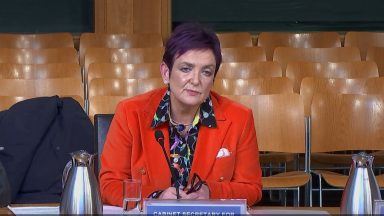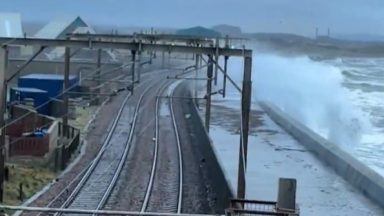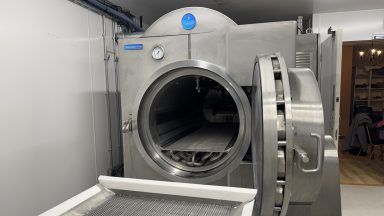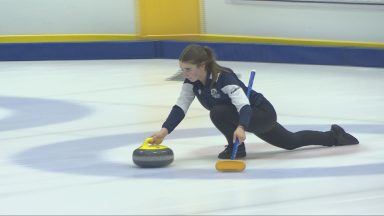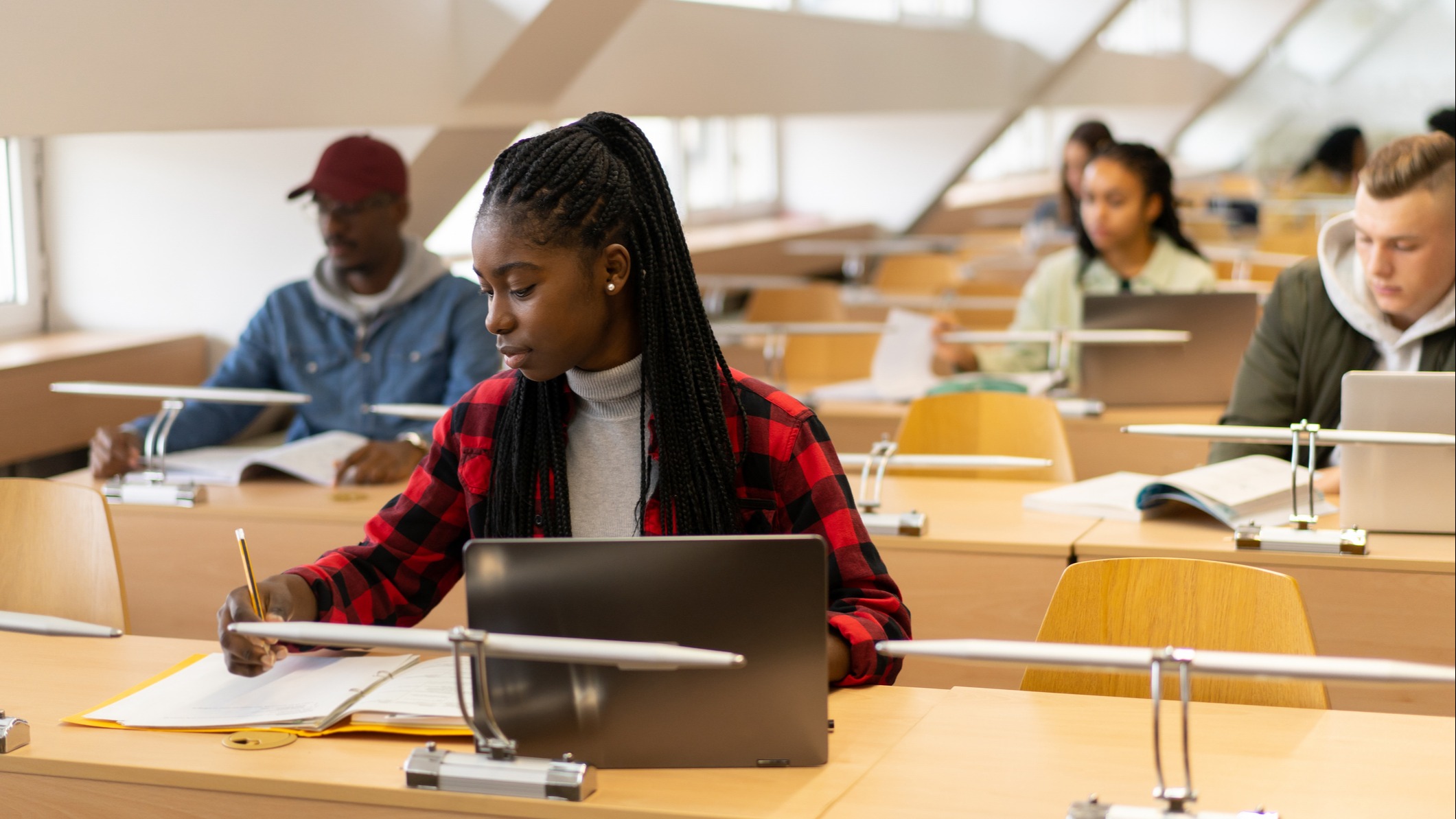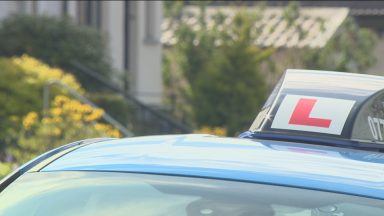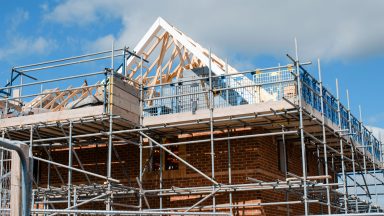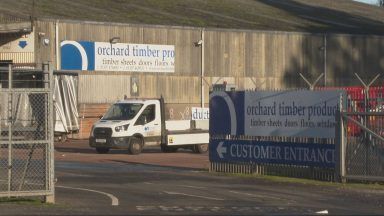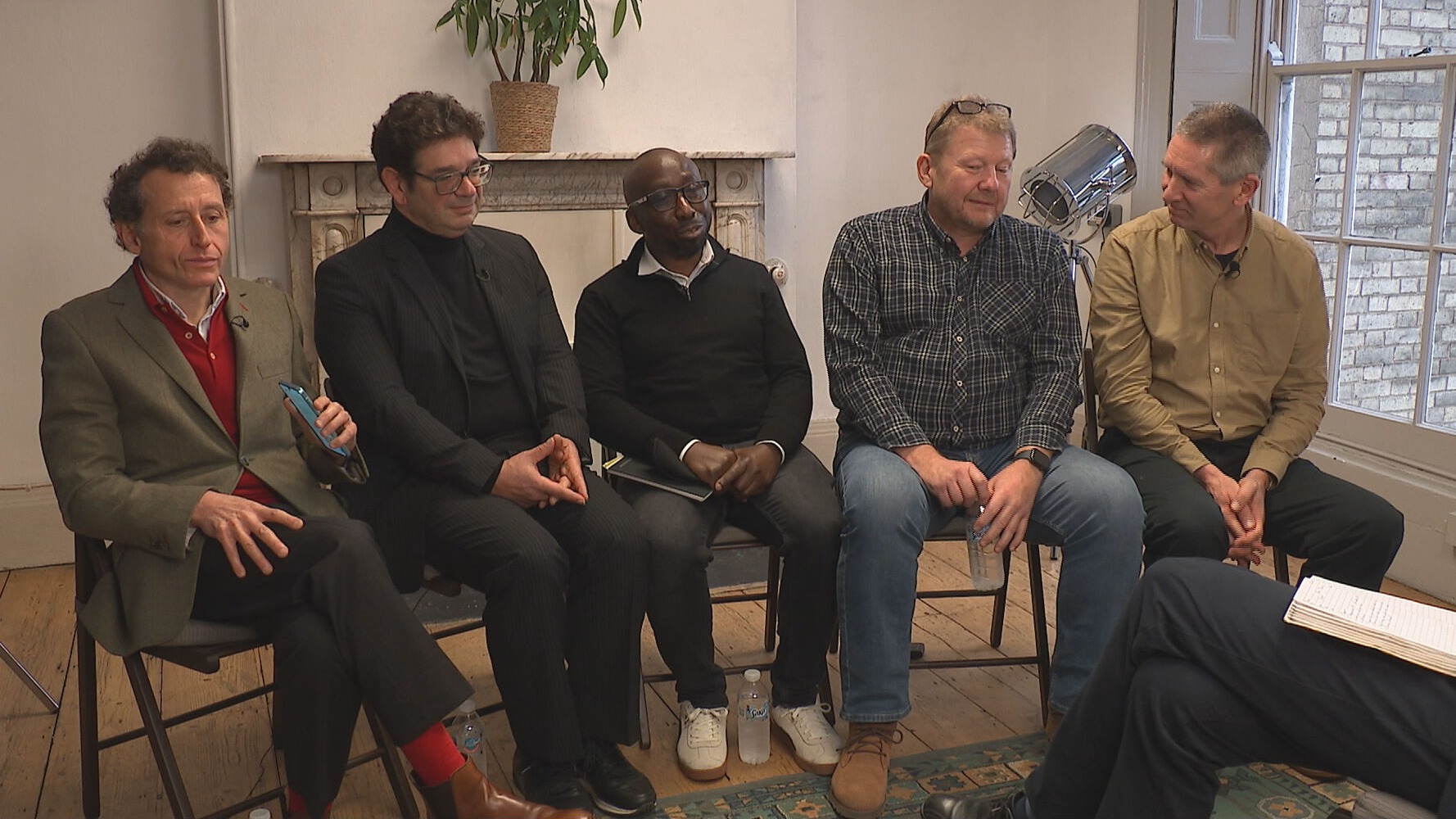It’s one of the questions I’m most asked – what is it like to read the news live?
In a nutshell, there’s nothing quite like the buzz you get when you go live, even if you’re only reading four minutes of news.
Live is live.
Most days I work as a general reporter for STV News in Aberdeen, but I do fill in for the lunchtime and late news presenters when they’re on holiday.
The lunchtime news is shorter than our flagship STV News at Six programme at four minutes long.
At 6pm you generally have a much bigger team to help write up the stories and cut the clips.
But at lunchtime as a presenter, I’ll work closely with the producer to write the news bulletin and cut the pictures and clips to match.
The presenter doesn’t just turn up to read the bulletin.
I’ll also do my own hair and makeup.
I like to do this earlier in my shift rather than later so I can concentrate on what I’ll be reading and so I am free to put in any stories that come in last minute.
Once we’ve pulled the bulletin together, I like to be in the studio at least ten minutes (in an ideal world!) before we’re due to go live.
It’s just me in there as the cameras are controlled remotely from our gallery (where the news is broadcast from).
In the studio I’m connected to the gallery, via an earpiece.
Before we go live, the gallery team check through each story making sure the right pictures are due to run and that we have all the elements there to broadcast.
Once I come into the studio, I’ll also run through each story out loud at least once, and if I want to make any changes, I can tweak the scripts from the studio.
We can also speak to the producer in the newsroom, so if there’s a breaking story, we can add that into our bulletin.
At lunchtime, there’s two people in our gallery, the director, and the production assistant.
The director tells me when to talk, which camera to look at (we have four cameras and use two for the lunchtime news) and plays out the pictures and clips to illustrate the stories.
Our production assistant, Hazel, is keeping an eye on the time.
Each story has a duration, and the bulletin has a duration – as a presenter I must make sure we get through everything in the time allowed without exceeding it or ending too early.
After everything I read, Hazel lets me know if I’m “over” or “under” – in layman’s terms, how many seconds do I have to use up to meet the four-minute duration, or how many seconds I don’t have.
Depending on what she says will determine if I slow down, speed up my reading or take out lines/full stories to meet that time.
In four minutes, you don’t have a lot of leeway so its crucial you know the stories inside out before you go out on air so you know where you can make up time.
With shorter bulletins like the lunchtime, and late news, I’ll do my own autocue – it’s a simple dial on our desk that “scrolls” through each story.
But at 6pm we have an autocue operator in the gallery.
We end each of our bulletins with the weather forecast, these are recorded in Glasgow and sent to us in Aberdeen.
And just like that, the four minutes are over, and we shift our focus to the half an hour programme at 6pm.
The cameras are re-set, and the lights go off.
But only for an hour or so, before technical preparations begin for our half an hour programme, The STV News at Six.
Follow STV News on WhatsApp
Scan the QR code on your mobile device for all the latest news from around the country





